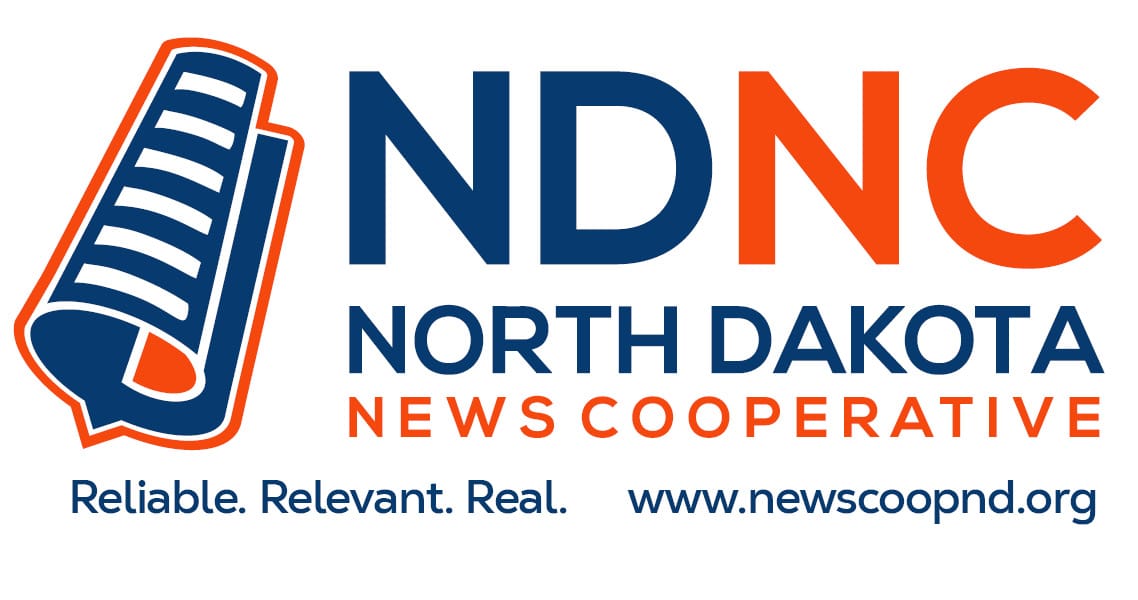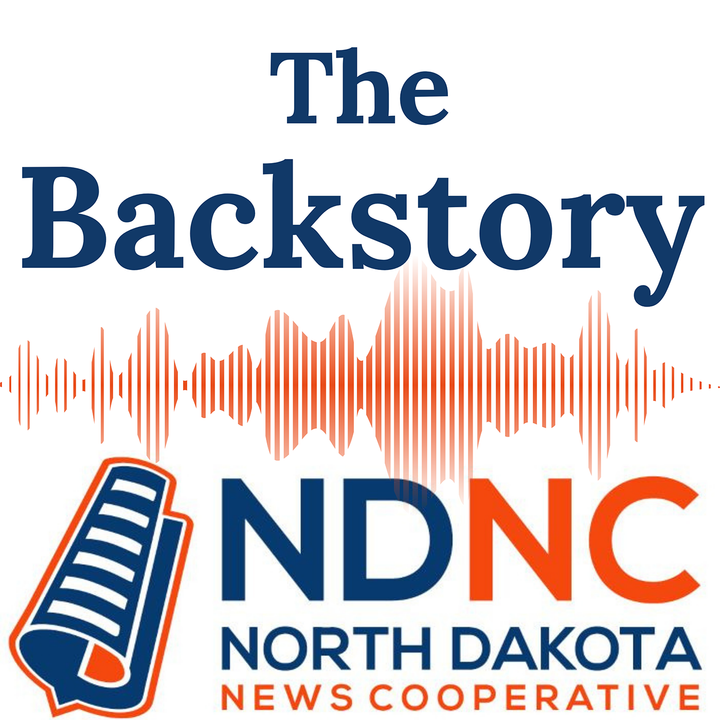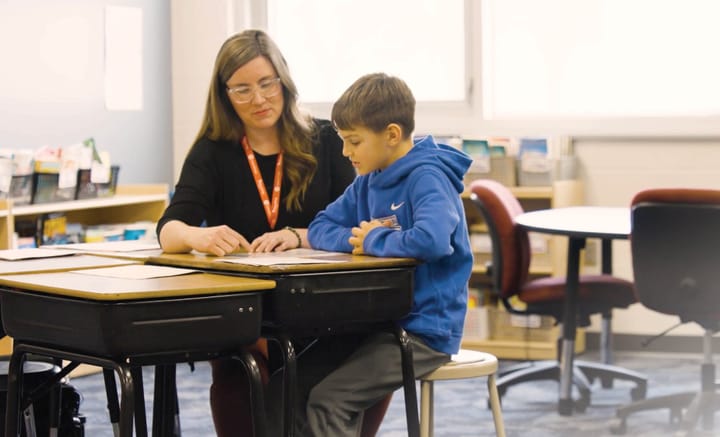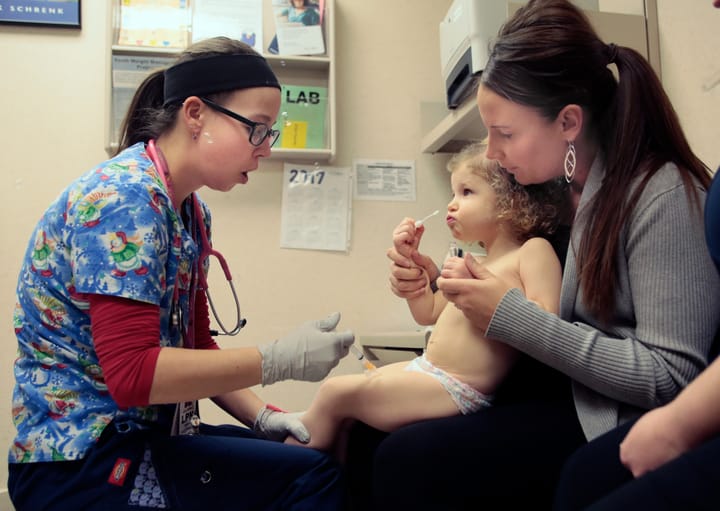School meal debt resurfaces as families struggle with inflation
Meal debt on pace to eclipse pre-COVID levels in some areas
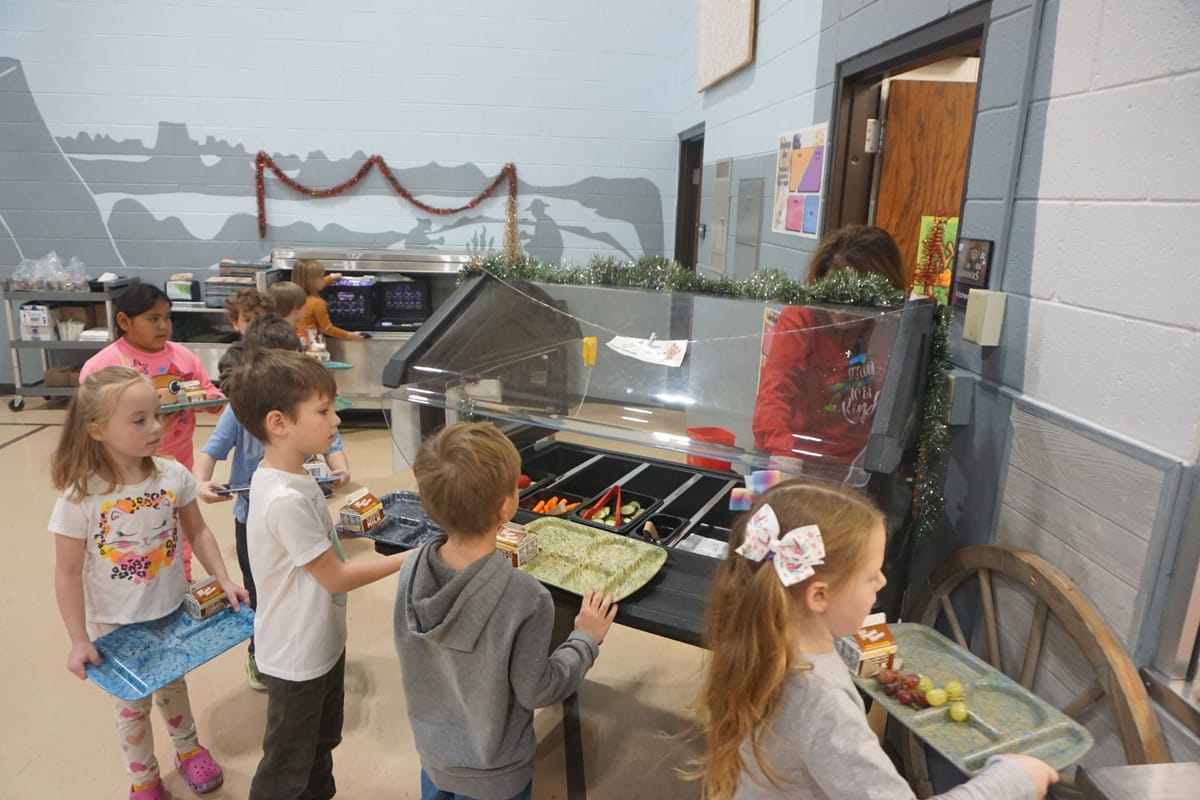
A $2,300 anonymous donation wiped meal debt from the books of Stanley elementary schools just before Thanksgiving, bringing welcome relief for parents struggling with increased costs associated with inflation this holiday season.
“I didn't reach out to a lot, but the ones that I did reach out to were just very thankful, knowing that they were not going to have to deal with the stress of trying to pay off some of their debts,” Brooks Stafslien, principal to 400-plus elementary students in in the heart of the oil patch.
Administrators across the state like Stafslien had been spared the past two years from making uncomfortable calls to parents inquiring about school meal debts thanks to federal program passed by Congress in 2020 providing free breakfast and lunch to all students nationwide regardless of income level during the COVID-19 pandemic.
Since that program expired in September, however, administrators not lucky enough to have an angel like Stanley’s are once again making collection calls.
Some school districts are seeing debt begin to accumulate at rates faster than before the pandemic as the pocketbooks of parents take a hit from inflation.
Meal debt surging
Accumulated meal debt at Fargo Public Schools, for example, has reached around $32,000 in less than four months of the current school year and is on track to outpace the largest year-end total on record, according to data provided by the district. In the three years prior to the pandemic, end-of-year school meal debt went from $15,000 to $30,000 to $60,000.
In Bismarck, current accumulated meal debt stands at around $15,000 for this semester, a rate likely to eclipse the year-end total of $21,000 at the culmination of the last school year before federal free lunches were offered, administrators said.
Those rates could continue to grow if schools are forced to increase meal prices during the 2023-2024 school year. By the end of 2022, food prices alone are expected to have increased overall by around 9.5 to 10.5 percent over the previous year, US Department of Agriculture (USDA) figures indicate.
According to data tracking by hunger-relief nonprofit Feeding America, 1-in-12 children in North Dakota face hunger and food insecurity.
Organizations like Great Plains Food Bank in Fargo have seen anecdotal evidence of increasing hardship now that free school lunches and COVID-era monthly child tax credits are no longer available at a time when inflation has also grown.
A program the organization has developed that provides students with a backpack full of food to help cover the food needs of their families over the weekend has grown fast in the past couple of months in the Fargo-West Fargo-Moorhead area.
Normally around 1,600 to 1,800 of the backpacks are distributed, said Jared Slinde, communications manager at Great Plains Food Bank, but recent demand has pushed that figure to around 2,000 per week.
“To see that increase, or at least that increase locally, and more and more schools are asking for those and more and more kids are needing them, there’s a direct correlation there,” said Slinde in relation to increasing inflation and food insecurity.
Middle income families squeezed
The squeeze is mainly affecting families whose children don’t qualify for free or reduced price meals under income eligibility guidelines set by the federal government, according to school nutrition administrators.
For a family of four, a household income above $36,075 disqualifies children for free meals, while a household income above $51,338 disqualifies them for reduced price meals.
“I feel like we have more families that are at or just over the threshold for qualifying for the free and reduced priced meals,” said Michelle Wagner, child nutrition program director at Bismarck Public Schools.
“We’ve had some families that are like, $4 over, so their income level is too high, and so then they get cut off from that,” she said.
Currently around 32 percent of public school students in Fargo qualify for free or reduced price meals. The figure stands at around 22 percent in Bismarck.
“The nice thing about the policy is that students do continue to eat, but they accrue meal debt,” said Cindy Hogenson, director of nutrition services at Fargo Public Schools.
Hogenson’s remarks were echoed by all other administrators who wanted to accentuate that students are not being denied food at school because of any debt. In Fargo, all previous debt has been wiped out over time by charitable donations.
The situation is similar in Bismarck and other school districts throughout the state that have relied on groups or individuals to come up with the cash to pay that debt off. How sustainable that model is remains a question.
Another concern has been a drop off in the numbers of students getting breakfast at school, according to some administrators.
Hogenson said the number of students eating breakfast at the schools has dropped by 50 percent or more since the free breakfasts have become unavailable.
In Bismarck, Wagner said breakfast numbers have declined this fall compared to when those meals were freely available.
“Our breakfast participation really jumped dramatically, which is good, because we sometimes question whether they are eating at home,” Wagner said of the COVID-era free breakfasts.
States moving to universal student meals
Several states have gone the route of providing universal free meals including California and Maine, which passed legislation in 2021 to make those permanent, with Colorado just finalizing its program in November after a ballot initiative passed.
Others, like Massachusetts, Nevada and Vermont have extended universal free student meals through spring of 2023.
“I think one of the reasons that [states] started looking into universal school meal programs was because of those kids on the cusp,” said Emily Gutierrez, a Texas-based education data and policy researcher at the nonprofit Urban Institute.
According to data from the North Dakota Department of Public Instruction, providing approximately 117,000 public school students with free breakfast would cost around $5.4 million in the first year and $5.5 million in the second, for a total biennium cost of round $10.9 million.
For universal lunches, costs would be $35.35 million in year one, and $36.4 million in year two, for a total of $71.7 million over two years. Total costs for both universal breakfast and lunch would be around $41.3 million a year.
Jason Boynton, an associate mathematics professor at North Dakota State University and founder of the group Lunch Aid -- which helped gather donations to cover school meal debt in Fargo and other metro areas prior to the pandemic -- thinks North Dakota should step up and provide universal school meals.
“North Dakota is like the best place to do universal school lunch because we have the Legacy Fund,” he said, arguing that a portion of the fund could be set aside in a way similar to an endowment where the interest accrued each year would pay for the lunches.
“Most North Dakota families fall into that gap,” Boynton said, referring to middle-income earners who are being squeezed by inflation but do not qualify for free or reduced-price meals.
Wagner said universal meals would likely be beneficial but added that others have been pushing for Legacy Fund earnings to be directed toward educational programs.
“That’s a pretty big ask for North Dakota, and I don’t know if we’re there yet,” Wagner said.
One area she said did make a noticeable difference on student behavior was offering breakfasts free of charge once students come in from a short recess after arriving at school.
“It would be nice if they could cover breakfast for everybody, so that we get breakfast participation up, and we know that kids are eating,” Wagner said.
The North Dakota News Cooperative is a nonprofit news organization providing reliable and independent reporting on issues and events that impact the lives of North Dakotans. The organization increases the public’s access to quality journalism and advances news literacy across the state. For more information about NDNC or to make a charitable contribution, please visit newscoopnd.org. Send comments, suggestions or tips to michael@newscoopnd.org. Follow us on Twitter: https://twitter.com/NDNewsCoop.
